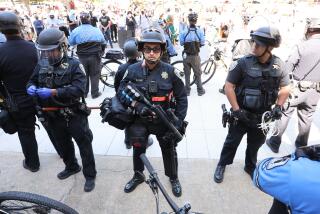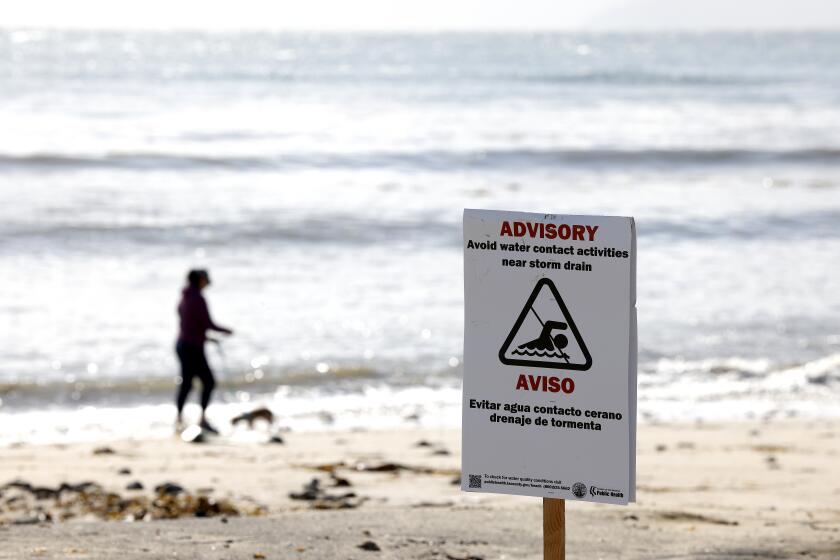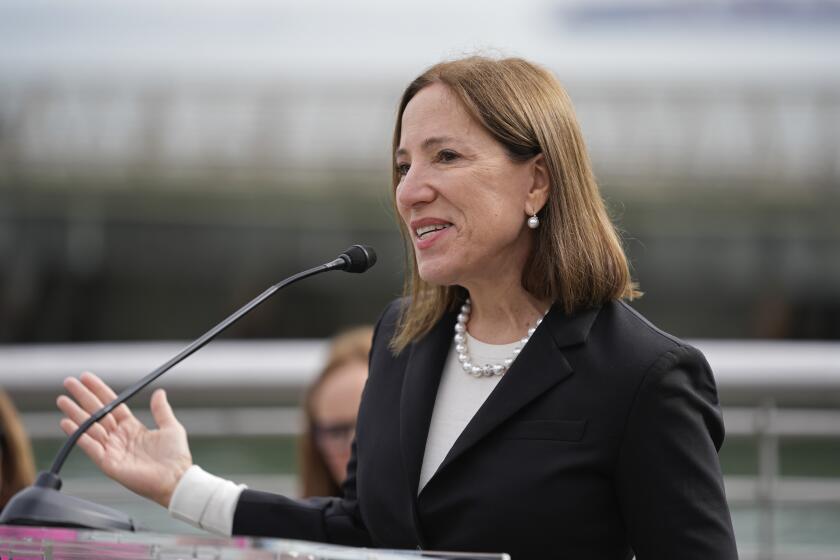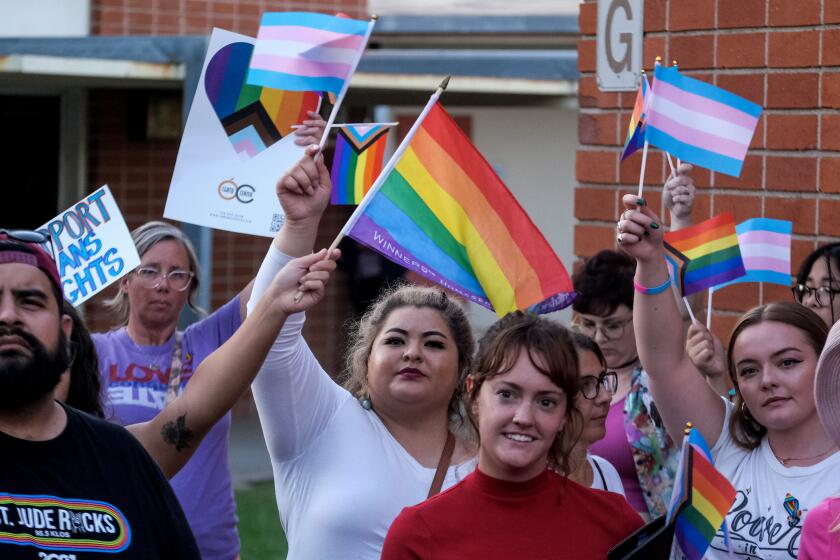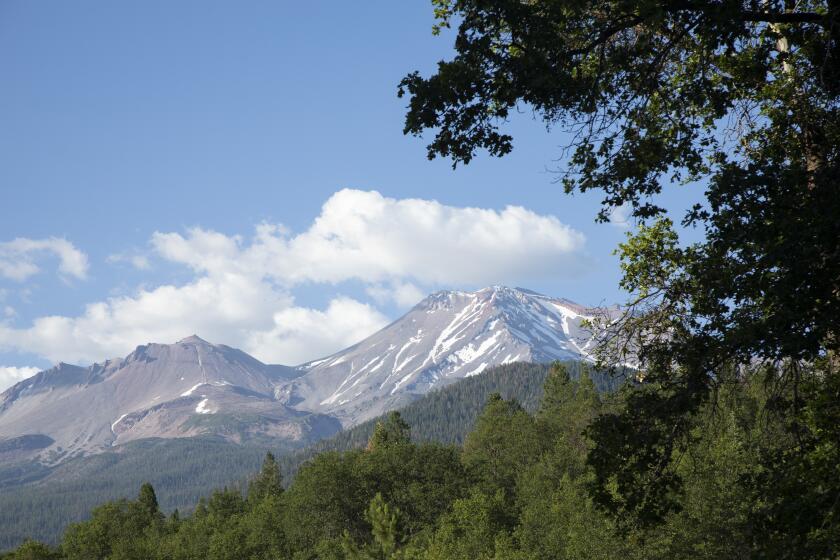LAGUNA BEACH : Long ‘Granny Flats’ Battle Still Not Over
Even though the city lost its court battle over South Laguna’s bootleg second residential units, the legal wrangling over the so-called “granny flats” may be far from over, the property owners’ attorney says.
“We’re at the same point we were five years ago because nobody’s going to get a unit legalized,” attorney Philip E. Smith said after the city agreed earlier this month to pay $650,000 in attorney fees in the class-action lawsuit.
“In no sense is the case really over,” he said.
More than 20 South Laguna property owners have applied for permits for their second residential units, but so far none of those inspected have been in compliance with state building codes, city officials say.
Smith said the problem revolves around the city’s decision not to issue permits unless the dwellings comply with the 1988 Uniform Building Code.
For example, he said, the property owners are now being required to make such changes as installing tempered glass and fire-resistant walls and ceilings in dwellings that were built as long as 50 years ago.
City officials say most of the violations involve health and safety requirements that are reasonably easy to comply with. Others pose more challenging problems.
City building official John Gustafson said the requirement that most rankles the property owners is one that calls for a “fire-resistive separation” between dwellings.
In essence, that requirement means that the walls or ceilings--whichever is separating the residential units--must be retrofitted so it would take at least one hour to burn through from one apartment to the other, he said.
The procedure can be complicated, Gustafson said, particularly when it is the ceiling or floor that must be altered.
It is “not only expensive but difficult to do,” he said. However, he added, “As of right now, that’s our requirement.”
Smith said he feels such requirements are unfair and will likely land both sides back in court.
“Now what they’re saying to all these people is, you have to put in a fire wall to comply with a 1988 code,” Smith said. “They’re telling people you’ve got to rip out all the windows in your second units and put in tempered glass. . . . If they get to enforce these requirements, it basically means nobody’s going to get a second unit.”
City Atty. Philip Kohn said the 1988 Uniform Building Code is being used as the guideline because its enactment coincided with the annexation of South Laguna on Dec. 31, 1987.
Kohn said the city must enforce such regulations or expose itself to liability.
“We may need to obtain court guidance on that issue,” Kohn said. “I don’t think any reasonable person could conclude that the city, in complying with safety regulations, is acting in bad faith in a frivolous manner.”
Before annexation, such apartments proliferated in South Laguna under more relaxed county standards. Kohn said the properties in question were built initially as single-family residences and later converted to multifamily uses.
In some cases, downstairs areas have been transformed into a separate apartment, he said. In others, garages have been turned into dwellings.
City officials say there are from 100 to 600 such bootleg apartments in South Laguna.
While Laguna Beach now has an ordinance dealing with such add-ons, the courts gave South Laguna property owners until October, 1994, to apply for permits under more easily met state standards. After that, they must adhere to the city’s regulations, which include sometimes difficult to meet parking requirements.
More to Read
Start your day right
Sign up for Essential California for news, features and recommendations from the L.A. Times and beyond in your inbox six days a week.
You may occasionally receive promotional content from the Los Angeles Times.


